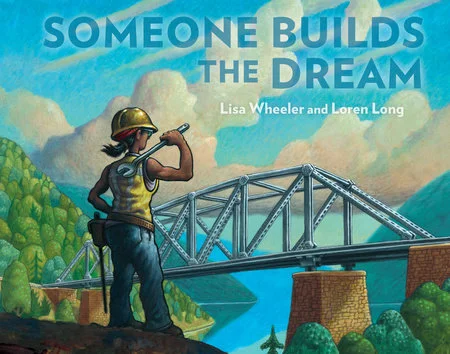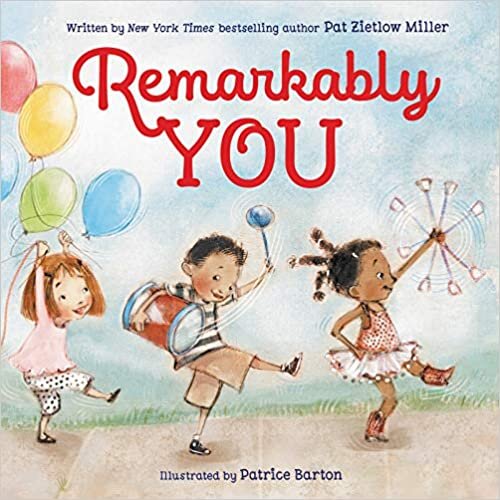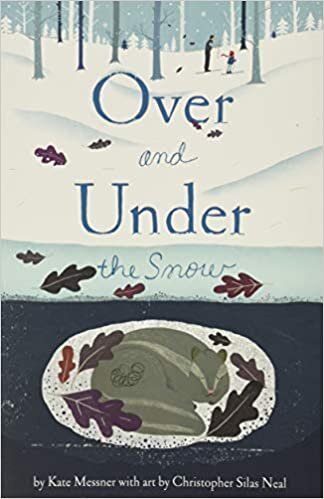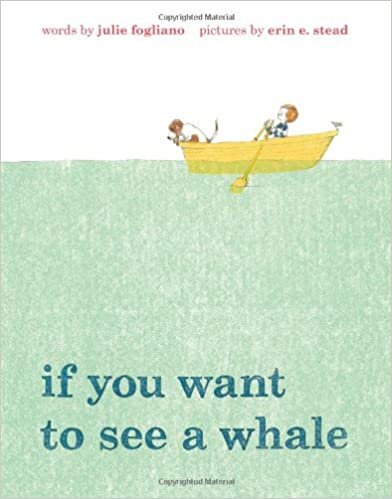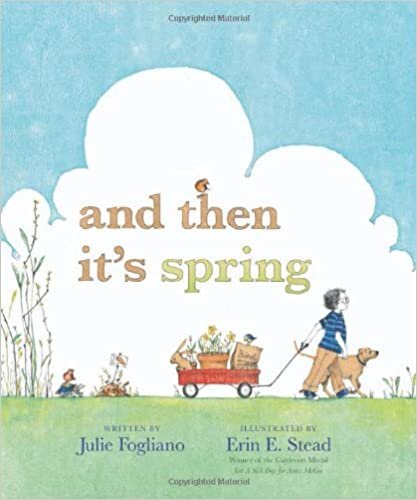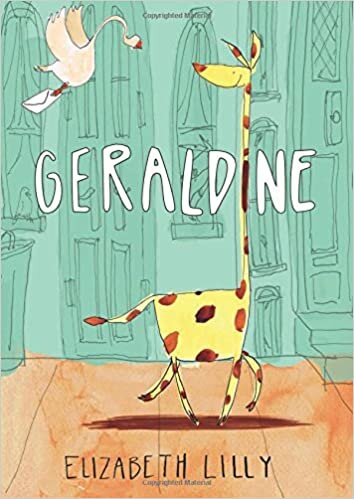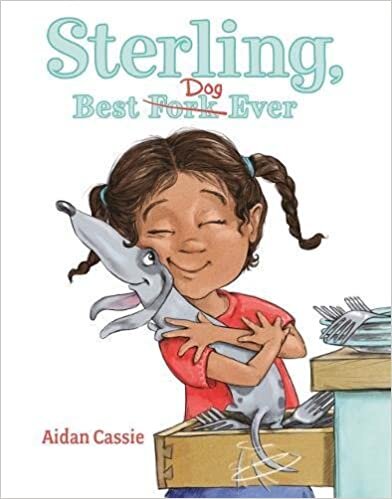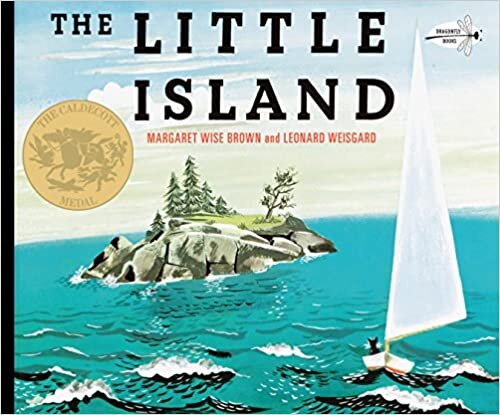Writing Lyrical Picture Books with Michelle Vatulla
We are so excited to have Michelle Vatulla join us today to share information about writing lyrical picture books!
Michelle was born in Boston but spent most of her life in Erie, PA. After she received her Bachelor degree from Miami University of Ohio, she ventured back to Boston for her Master’s degree in Speech-Language Pathology from Northeastern University. Michelle currently lives in the beautiful rolling hills of North Pittsburgh with her Finnish husband, two golden retrievers, and two beautiful boys who are her true inspiration for writing.
Michelle’s debut picture book, THE STALKING SEAGULLS, was released by MacLaren-Cochrane Publishing on April 20, 2021. Michelle is part of the Western Pennsylvania SCBWI leadership team as their New Member and Critique Group Coordinator. She is also a proud member of the Twitter group #Newin19. Michelle is represented by T.J. Kirsch from JCH Literary. She is open for interviews and virtual visits.
What do we think of when we hear the word lyrical? Most of us probably think of music, hence the name “lyric.” But how does that transform into picture book writing? Is it all about the language and how that language allows the reader to create a vivid world inside their mind? YES!
The words you choose when you write a lyrical picture book need to be vivid and “alive” in order to paint an internal image in the reader's mind. The more descriptive, the better. Great writing devices such as similes, metaphors, personification, and onomatopoeia help with imagery. The more action shown, the easier it is for the reader to make a connection with the story.
Using lyrical language follows one of the most important “rules” in picture book writing: show, don’t tell. According to reedsyblog, “show, don’t tell” is a writing technique in which story and characters are related through sensory details and actions, rather than exposition. It fosters a style of writing that’s more immersive for the reader, allowing them to “be in the room” with the characters.
Thus, showing is about using description and action to help the reader experience the story. Telling is when the author summarizes or uses exposition to simply tell the reader what is happening.
Now you would think that lyrical picture books are all rhyming, but they are a mix of prose rhyming stories and poetry. For example, Jane Yolen’s Owl Moon is a perfect example of a lyrical writing style in prose. In her story, to make the reader know that her Pa is tall and the girl is little, she writes, “Pa made a long shadow, but mine was short and round.” She also allows the reader to relate to coldness by saying, “I could feel the cold, as if someone’s icy hand was palm-down on my back. And my nose and the tops of my cheeks felt cold and hot at the same time.”
Language is vital to get the reader actively involved in a lyrical story. Having the right rhythm allows the reader to enjoy the patterns of the language and enjoy reading the book aloud over and over. Julia Donaldson has created beautiful, heart-warming stories for years, using perfect rhyme and meter coupled with descriptive language. In her story, The Snail and the Whale, Ms. Donaldson uses vivid verb choices to describe a scene with water: “These are the waves that arched and crashed, That foamed and frolicked and sprayed and splashed The tiny snail On the tail of the whale.”
Lyrical picture books can also relay emotional or sentimental lessons. Some great examples of beautiful lyrical picture books are by Pat Zietlow Miller. Her books When you are Brave and Be Kind allow readers to relate to everyday situations and solutions to tough day-to-day issues.
This type of genre can be so fun to write! I love writing in rhyme, so when I find the perfect cadence to a manuscript, it’s exhilarating, and, of course, so fun to read out loud. Do not be fooled by the wonderful lyrical/rhyming picture books out there. Writing a story that has perfect rhyme and meter, along with a great arc and satisfying ending, is very difficult to accomplish. Rhyming books can also be a hard sell to agents and publishers, especially if they are not considered “perfect.”
Lyrical stories that are read to us as children often stay with us throughout our lifetime. We then read them to our own children. Here are some examples of lyrical picture books, old and new, that will certainly withstand the test of time and will be enjoyed for generations to come.
SOMEONE BUILDS THE DREAM by Lisa Wheeler
REMARKABLY YOU by Pat Zietlow Miller
OVER AND UNDER THE SNOW by Kate Messner
OWL MOON by Jane Yolen
IF YOU WANT TO SEE A WHALE by Julie Fogliano
AND THEN IT’S SPRING by Julie Fogliano
GERALDINE by Elizabeth Lilly
STERLING, BEST DOG EVER by Aidan Cassie
THE LITTLE ISLAND by Margaret Wise Brown
https://www.childrensbookacademy.com/blogfish/its-all-about-lyrical-language-in-picture-books






